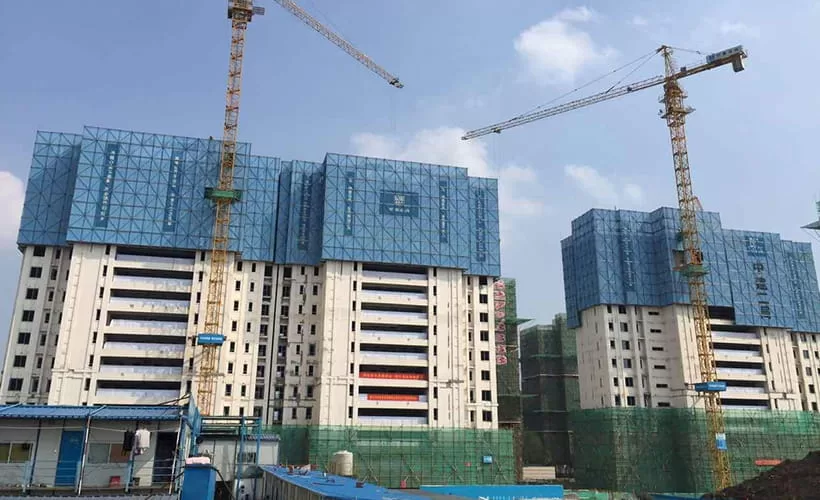Aluminium formwork is gaining widespread popularity in the construction sector due to its durability, reusability, and ability to deliver high-precision concrete structures. For developers and contractors, understanding the aluminium formwork cost, manufacturing process, and system components is essential for making informed investment decisions.
The cost of aluminium formwork is often higher at the initial purchase stage compared to traditional wooden or steel systems. However, its long-term value far outweighs the upfront expense. Aluminium formwork can be reused over 200 times, significantly reducing the cost per use. When properly maintained, the system maintains dimensional accuracy and performance across multiple projects. This makes it a cost-effective choice, especially for large-scale or repetitive projects such as high-rise residential buildings.
Several factors influence aluminium formwork cost—including the complexity of the building layout, the number of reuses, the required finishing quality, and customization needs. Though the initial investment may seem substantial, the savings from reduced labor, faster installation, and minimal finishing work make it a smart long-term construction solution.
Behind this technology is a highly specialized aluminium formwork manufacturing process. Manufacturers like Gold Apple utilize advanced extrusion equipment to produce high-strength aluminium profiles tailored for formwork systems. These profiles are engineered with precise tolerances, ensuring easy assembly and consistent performance. Surface treatments such as anodizing or powder coating enhance the corrosion resistance of each component, extending its service life even under harsh site conditions.

The aluminium formwork manufacturing process emphasizes quality control at every stage—from raw material selection to profile extrusion, cutting, welding, and final inspection. This attention to detail ensures that each piece fits perfectly on-site, reducing errors and increasing construction speed.
A typical system consists of multiple aluminium formwork components, each playing a critical role in shaping the final structure. These components include wall panels, slab panels, beams, prop heads, support channels, external corners, and joint pins. Each part is designed to be lightweight yet robust, making manual handling easier while maintaining structural integrity.
The modular nature of aluminium formwork components allows for rapid assembly and dismantling. This not only shortens the construction cycle but also improves on-site safety by reducing the need for heavy lifting equipment. The system’s versatility also enables it to adapt to various architectural designs and floor plans.
For builders focused on quality, speed, and sustainability, aluminium formwork offers a complete solution. It reduces material waste, minimizes finishing work, and delivers smooth, uniform concrete surfaces. More importantly, with the right partner in aluminium formwork manufacturing, contractors can expect consistent quality and long-term reliability.




